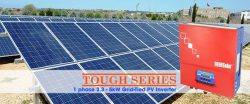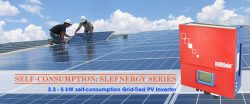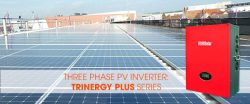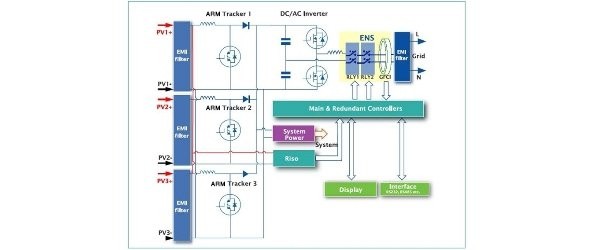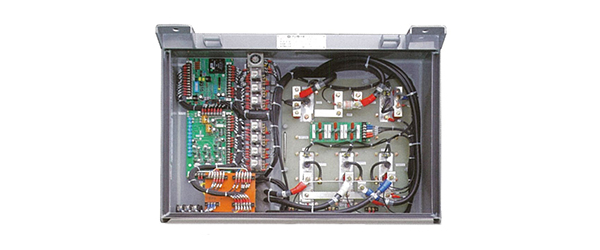At ARM Solar our job is to promote the use of natural solar energy by providing straightforward solar solutions to installers and distributors. Solar energy in the form of electricity is created through silicon atoms’ exposure to sunlight (photons), which causes deficiency and replacement of electrons with the help of a built-in electrostatic field of PN junction made by doped layers of Boron and Phosphate, thus generating electrical current. The actual physics is bit more complex.
Following is a general solar PV system concept map. Note that there are two major types of solar PV systems: off-grid or standalone PV and grid-tied PV systems. The biggest difference between the two is that a grid-tied system is able to “feed” electricity back to grid, whereas a standalone system is unable to do so. Note that many confuse standalone systems as grid-tied systems when they see an inverter charger hooked up to AC grid power, but it is merely using grid electricity as backup power. The surest way to identify a grid-tied PV system is to check for a connection from the inverter to meter. Also, grid-tied systems generally do not use a battery bank, as utility grid is served as the “power reservoir” instead of batteries.

Showing 1–12 of 45 results



